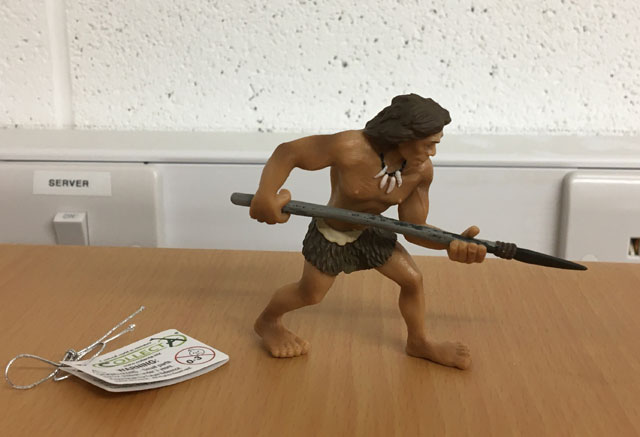Research into Tracing Human Ancestry – Our Complicated Family Tree
Genetic Studies will Help to Unravel Hominid Evolution
Scientists hope that tracing human history will be made easier thanks to developments in gene technology and gene sequencing.
The paucity of the early human fossil record has hampered scientists in their search to understand more about the evolution of our own species (Homo sapiens) and our taxonomic relationship with other early hominids such as Homo neanderthalensis, Homo erectus and H. heidelbergensis. Our human family tree is constantly being revised as more hominid fossils are found in various parts of the world. Although most of these fossils are fragmentary, it is hoped that genetic material extracted from these fossil samples will provide a powerful insight into the relationships between different species.
Tracing Human History
Geneticists have refined search techniques to such an extent that in the very near future, molecules of DNA recovered from fossilised remains such as femurs and other large bones from hominids that lived more than a hundred thousand years ago, will be enough to provide data on the genome. The genome is the entirety of an organism’s hereditary information, a DNA (also RNA included), based map of an organism, that when compared to other genomes will show how closely related (how similar) those organism are at the genetic level.
For example, analysis of the Neanderthal genome from material many thousands of years old, will help scientists to understand the differences between ourselves and this species of hominid, which is believed to be the most closely related to us. The genetic differences discovered, may help researchers to identify behaviours and other traits that led to the extinction of some hominid species and to the survival of H. sapiens to the present day.
A Model of a Male Neanderthal
Picture credit: Everything Dinosaur
The model shown above is the CollectA Neanderthal man figure. To view the CollectA Prehistoric Life model range: CollectA Prehistoric Life Replicas.
Identifying Different Human Species
One of the problems likely to be encountered is that there is evidence of interbreeding between different species. This interbreeding will blur the boundaries between different species and this coupled with the wide geographical spread of some early hominids such as Homo erectus for instance, will make mapping probable lines of descent at the species level very difficult.
A spokes person from the dinosaur toy company Everything Dinosaur stated:
“The study of the genetic make up of human ancestors will help to shed light on the relationships between different species on the hominid family tree. However, it is likely that such studies will raise almost as many questions as answers. Our evolutionary path and the patterns of hominid development are not going to be easy to unravel even with advances in the study of genetic information.”


